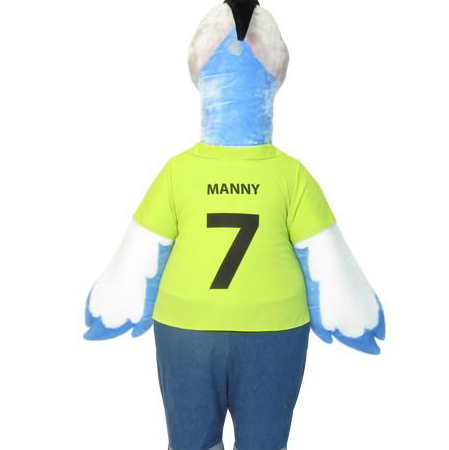In today’s fast-paced digital world, the significance of face-to-face social interactions cannot be overstated. One effective and engaging way to foster these positive interactions is through the use of mascot performers dressed in vibrant mascot costumes. These larger-than-life characters have a unique ability to bring people together, creating a sense of community and belonging.
Mascot costumes often serve as the visual ambassadors of schools, sports teams, and organizations. Their bright, eye-catching appearance immediately draws attention and invites interaction. When individuals see a mascot, they are more likely to engage with it, whether by posing for pictures, high-fiving, or simply sharing a smile. This simple act of engagement can significantly impact social dynamics within a group setting.

Children, in particular, respond enthusiastically to mascot performers. The playful and whimsical nature of mascots provides them with a safe space to express themselves and interact with their peers. For children who may feel shy or reserved, the presence of a friendly mascot can serve as a bridge, encouraging them to step out of their comfort zone and join in the fun. This kind of inclusive environment promotes positive social behaviors such as teamwork, empathy, and communication.
Furthermore, mascot performers play a crucial role during events like school assemblies, sports games, or community festivals. They help create a festive atmosphere that transcends age barriers. Adults and children alike find joy and amusement in the antics of a well-performed mascot, which fosters a sense of unity and shared experience. The collective enjoyment generated by these performances can lead to stronger bonds among participants, enhancing the overall social fabric of the community.

In addition to being entertaining, mascots often carry messages of positivity and encouragement. Whether cheering on a sports team or participating in charity events, these characters embody values such as perseverance, kindness, and sportsmanship. By reinforcing these qualities, mascot performers inspire individuals to adopt similar virtues in their everyday lives, contributing to a more compassionate and supportive society.
Moreover, the role of mascot performers extends beyond mere entertainment; they also provide educational opportunities. Schools can incorporate mascot characters into lesson plans to teach students about topics such as health, safety, and civic responsibility. The interactive nature of mascot performances makes learning enjoyable and memorable, thereby enhancing knowledge retention and engagement among students.

In conclusion, mascot performers in colorful mascot costumes wield significant influence in promoting positive social interactions. They bridge gaps between individuals, encourage inclusivity, and convey essential values through their cheerful presence. As we continue to navigate an increasingly digital age, the importance of fostering genuine human connections remains paramount, and mascot performers are invaluable allies in this endeavor.
